The Digital Divide: Beyond Internet Access
Technology is a pivotal influencer that underpins all aspects of American society. Robots perform surgery in operating rooms, 3D devices now print materials such as metal, food, and human tissue, and eye-recognition identification enables us to log into smartphones. These are just a few recent innovations driven by rapid advances in emerging tech fields.
Inventors and investors alike support the rapid adoption of access to innovative tools that further personalize living for Americans. Such is the case for all institutions of society—except, that is, for the public education system. This is evidenced by the fact that the majority of K-12 schools exist as they did some 200 years ago.
The Digital Divide is the invisible line separating those who have access to the Internet, and connected devices like tablets, computers, and smartphones, and those who do not. It is a misnomer that all schools in our country have what they need for the smart use of digital education tools in classrooms. Connectivity is only one piece of the puzzle—but it has to be fast enough to support the teaching-learning process online. Computers are just objects that facilitate this process. If they’re outdated, or lacking in software, they impede the ability for teachers to use them efficiently. Moreover, even with the fastest connection and top-of-the-line systems, if educators lack buy-in, or do not have sufficient training of how to use them, the technology loses its value.
Education Superhighway is a national nonprofit organization laser-focused on upgrading Internet access in every U.S. public school classroom, “so that every student has the opportunity to take advantage of the promise of digital learning.” They understand the disconnect between using yesterday’s technology to prepare students for the future. It’s simply not possible.
There are many articles that discuss the Digital Divide in U.S. schools. However, over time, the Digital Divide has come to be understood as a political issue around Internet access. Yet it is about much more than that. It begins with an understanding that the K–12 public education system has been left behind in our country. Schools have been operating from an ongoing, collective perspective of the dated one-size-fits-all approach to teaching and learning. This educational model doesn’t leave room for the wide-scale adoption of innovation. Standardized test scores that measure schools’ efficacy remain stagnant, online schools and programs are widely misunderstood, and course offerings are continually slashed due to budget cuts; as a result, the gap between the haves (access) and have nots (limited access) continues to widen.
The Digital Divide is not just about high-speed Internet connectivity.
It goes beyond the presence of computers in schools.
Despite connectivity advancements in schools, the technology gap continues to widen.
Where do we go from here?
All children deserve equal access to schools that provide them with the opportunity to learn, grow and flourish. The advancement of the K–12 education system should mirror American society as a whole. By breaking down the one-size-fits-all approach to meet learners where they are, captivate their minds and engage their hearts, we can enable the smart, efficient integration of technology in all schools.
It is a mindset shift that takes into account the following:
Ensuring the most up-to-date connectivity possible
Buying hardware that supports edtech tools and online course access
Providing the necessary professional development and training for all educators
Fostering a culture that embraces the possibilities of 21st century classrooms
Utilizing technology to differentiate instruction and developing creative programs
Although schools’ financial constraints can often create challenges when it comes to closing tech-related gaps for students, investing in hardware, software and Internet connectivity is only part of the story in closing the K–12 Digital Divide. The most exciting, cutting-edge tools will be useless if they’re not readily applicable within the classroom context or enthusiastically incorporated into the curricula by educators who believe in their efficacy.
We want to hear from you!
What does the future of school look like? What types of experiences have your family had that excited you about the potential impact of technology in schools? There is great energy that emerges from being a part of a movement of future-ready citizens who see the value of education.


